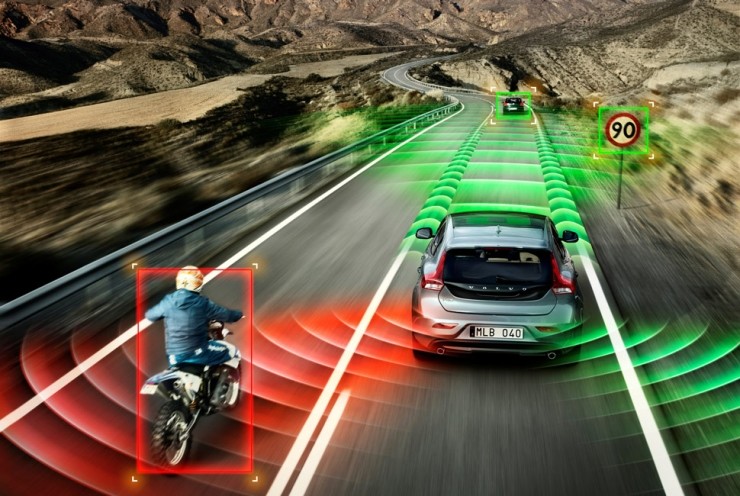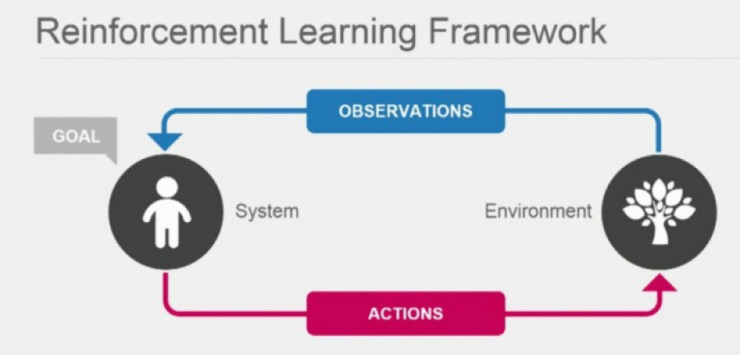
Lei Feng network: This article was originally published in kdnuggets, compiled by Lin Lihong, Wu Chu.
Machine learning is used to fuse the data of the sensors inside and outside the car to evaluate the driver's situation and classify the driving scene. In this article, we explain different autopilot algorithms.
The design and manufacture of autonomous vehicles faces many challenges. Today, companies have widely used machine learning to find solutions. The ECU (Electronic Control Unit) in the car has integrated sensor data processing, and how to make full use of machine learning to complete new tasks becomes crucial. Potential applications include merging data from sensors inside and outside the vehicle to assess driver conditions and classify driving scenarios. These sensors include things like laser radar, radar, cameras or the Internet of Things.
Applications run by in-vehicle infotainment systems can capture data from sensor data fusion systems. For example, if the system detects the driver's condition, it has the ability to drive the car to the hospital. Machine learning-based applications also include language and gesture recognition and language translation for the driver. Related algorithms are classified as unsupervised and supervised algorithms. The difference between the two is the way they learn.
The supervised learning algorithm learns using the training data set and is able to continue learning until the set confidence level is reached (minimizing the probability of error). Supervised learning algorithms are divided into regression, classification and anomaly detection as well as data dimensionality reduction.
Unsupervised learning algorithms try to mine the value of limited data. This means that the algorithm establishes relationships within the available data to detect patterns or to divide the data set into subclasses (depending on the similarity between them). In a broad sense, unsupervised algorithms can be divided into association rule learning and clustering.
The enhanced learning algorithm is another machine learning algorithm that lies between unsupervised learning and supervised learning. For all training examples, there is a target label in supervised learning, but there is no label at all in unsupervised learning. Reinforce learning with delayed, sparse labels - future rewards.
Based on these rewards, the agent learns to make the right behavior. To understand the limitations and advantages of the algorithm and to develop more efficient learning algorithms is the goal of enhancing learning. Augmented learning can solve a large number of practical applications, from AI issues to control engineering or operational research – all related to the development of autonomous vehicles. This can be divided into indirect learning and direct learning.
In autonomously driving cars, one of the main tasks of machine learning algorithms is to continuously render the surrounding environment and predict possible changes. These tasks can be divided into four subtasks:
Target Detection
Target recognition or classification
target setting
Motion prediction
Machine learning algorithms can be easily divided into four categories: decision matrix algorithms, clustering algorithms, pattern recognition algorithms, and regression algorithms. A class of machine learning algorithms can be utilized to accomplish more than two subtasks. For example, regression algorithms can be used for object localization and target recognition or for motion prediction.

Car Flasher Relay,Led Car Flasher Relay,Pc Car Flasher Relay,Car Electronic Flasher Relay
Ningbo Xingchuangzhi Electric Appliance Co.,Ltd. , https://www.xingchuangzhi.com
